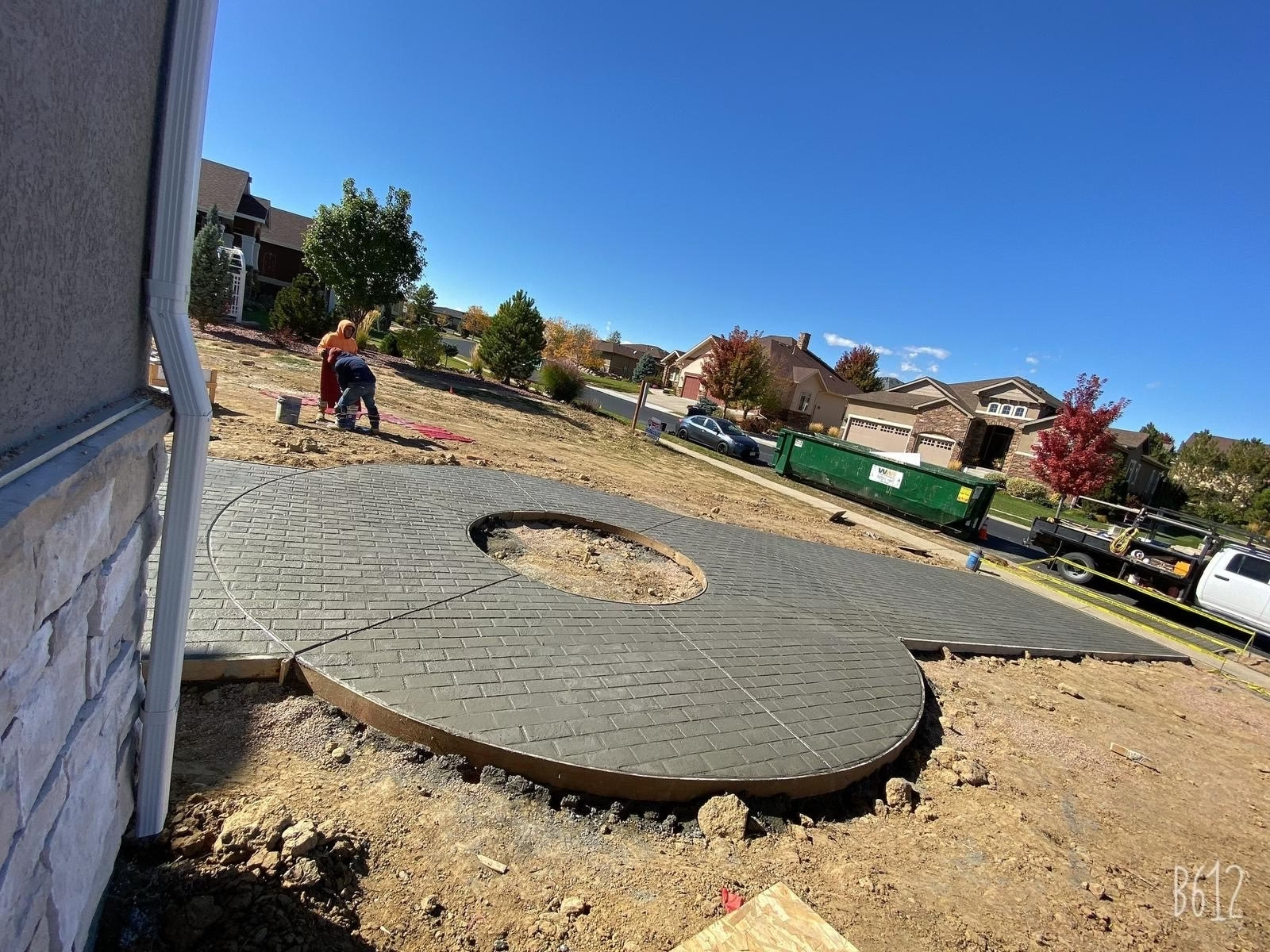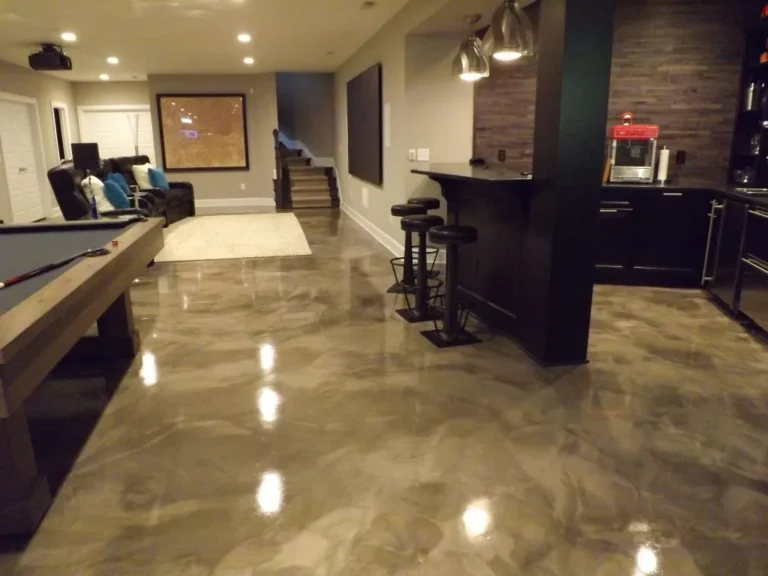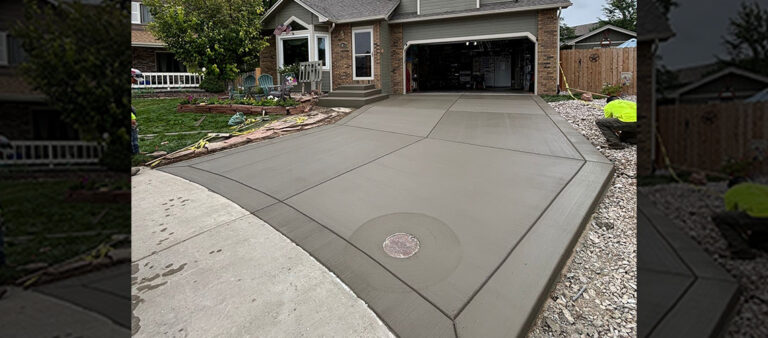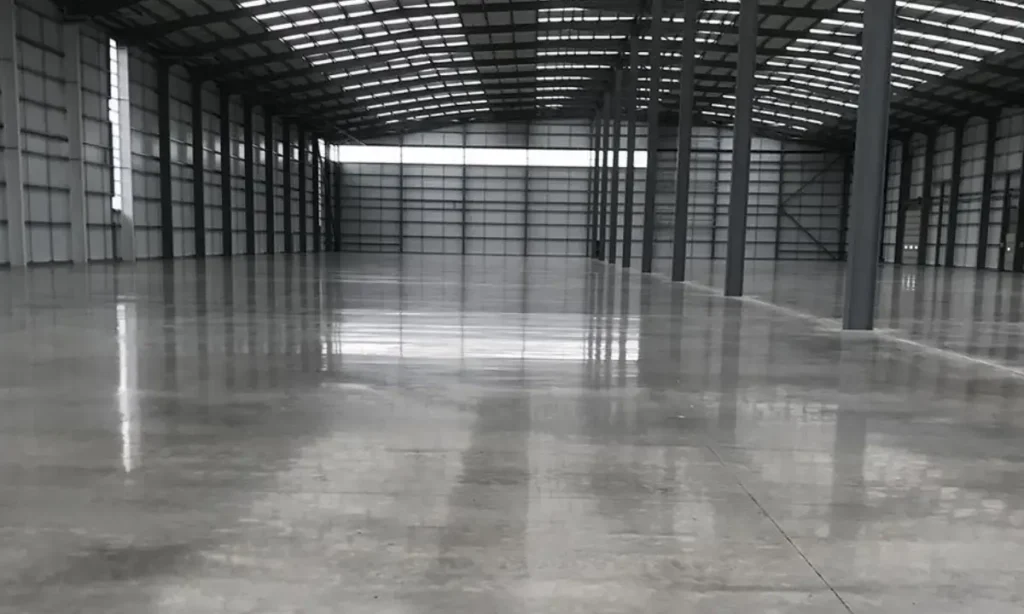Northern Colorado Concrete Pouring: Mastering Ideal Conditions
Concrete pouring is a pivotal phase in construction projects across Northern Colorado, where weather conditions can significantly impact the outcome. At Hugo’s Concrete, serving Fort Collins and the entire Northern Colorado region, we recognize the paramount importance of timing and temperature in ensuring successful concrete pours. In this comprehensive guide, we delve deeper into the intricacies of concrete pouring in our region, offering valuable insights and expert tips for achieving optimal results.
Understanding Temperature Requirements
The temperature during and after the concrete pouring process plays a crucial role in determining the strength and durability of the finished product. In Northern Colorado, the ideal temperature range for pouring concrete typically falls between 50°F to 85°F (10°C to 30°C). Within this range, the concrete can cure properly and attain maximum strength.
When to Avoid Pouring
While the ideal temperature range provides a general guideline, certain weather conditions warrant caution and may necessitate postponing concrete pours:
Extreme Heat:
High temperatures can accelerate the curing process, leading to premature drying and potential cracks in the concrete. It’s advisable to avoid pouring concrete on excessively hot days, especially when temperatures exceed 90°F (32°C).
Freezing Temperatures:
Concrete poured in freezing conditions is susceptible to frost damage, which can compromise its structural integrity. It’s essential to refrain from pouring concrete when temperatures drop below 50°F (10°C) and to implement measures to protect the concrete from freezing during the curing process.
Tips for Successful Concrete Pouring
To ensure a successful concrete pour in Fort Collins or anywhere in Northern Colorado, consider implementing the following strategies:
Thorough Planning:
Monitor weather forecasts closely and schedule concrete pours during periods of moderate temperatures and low humidity. Adequate planning can help mitigate the risk of adverse weather conditions impacting the quality of the pour.
Utilize Admixtures:
Incorporating admixtures into the concrete mix can enhance workability and adjust curing times, particularly beneficial in challenging weather conditions. Admixtures help optimize concrete performance and enhance its durability.
Provide Thermal Insulation:
During colder months, insulate the ground and utilize blankets or heated enclosures to maintain the ideal temperature for curing. Proper thermal insulation ensures uniform curing and prevents thermal differentials that may compromise concrete strength.
Ensure Proper Hydration:
Concrete hydration is essential for the curing process. Maintain adequate moisture levels by misting with water or using curing compounds to prevent premature drying and ensure optimal strength development.
Efficient Work Practices:
Once pouring begins, work efficiently to achieve uniformity and minimize the risk of cold joints resulting from interruptions in the pouring process. Proper consolidation and finishing techniques are essential for achieving a smooth and durable concrete surface.
Conclusion:
Mastering concrete pouring in Northern Colorado requires meticulous attention to detail and adherence to optimal temperature conditions. By understanding the impact of weather on concrete curing and implementing best practices, you can achieve superior results that withstand the test of time.
At Hugo’s Concrete, we’re committed to delivering top-quality concrete services tailored to the unique needs of our clients in Fort Collins and throughout Northern Colorado. Trust us for your next concrete project, and experience the difference expertise makes in achieving exceptional outcomes.
In Northern Colorado’s unique landscape, environmental factors can also influence concrete pouring outcomes. By prioritizing eco-friendly practices, such as using recycled materials in concrete mixes and implementing sustainable construction methods, we can minimize environmental impact while delivering exceptional results. At Hugo’s Concrete, we are committed to sustainable practices that preserve the natural beauty of our region for future generations.
Contact Hugo’s Concrete to schedule your free estimate!





